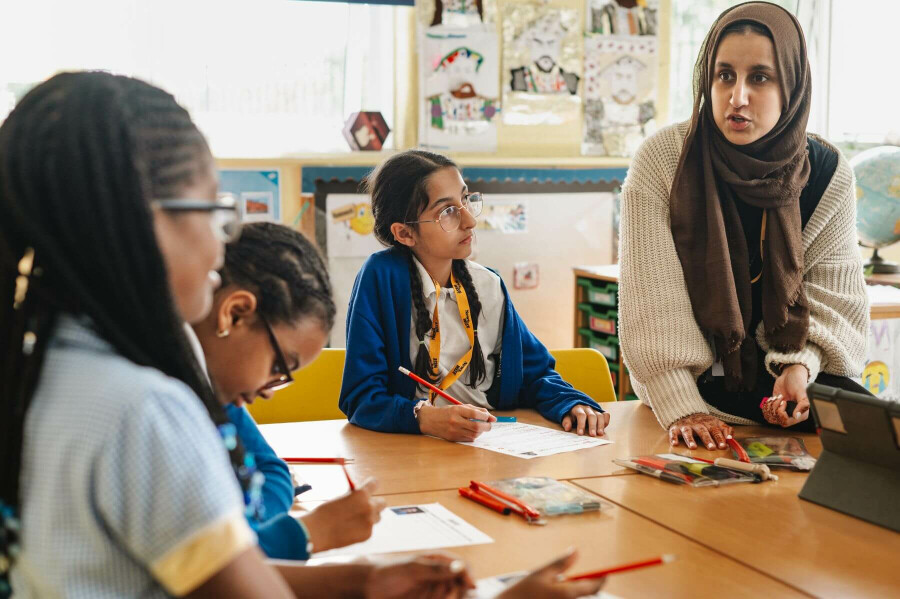

The NewsWise unit of work is flexible and can be adapted to suit the needs of your class and curriculum or the skills you want your pupils to focus on.
The three collections offered here are curated routes through the NewsWise learning journey, to help you adapt the unit for the time you have available.
Remember that all lesson plans and resources are available for free. That means you can familiarise yourself with the key skills and knowledge included in the full learning journey and tailor the unit of work to suit your class.
As most of these lessons will involve looking at real news stories, teachers should make time for a class discussion about strategies that can be used when confronted with news that causes strong feelings. Click the button below for more information about making your classroom a safe climate for discussing the news.
Tell us how you found the researcher collection of lessons by completing our survey.
Pupils will see several examples of real news reports, especially during the first five lessons of this sequence. Teachers should take every opportunity to draw children’s attention to the structure and language of the reports they look at (eg how a succinct 5W introduction is included, how language should be formal and that this is one way journalists can ensure balance.) For more information and activities about the language, structure and layout features of a news report, check out our other lessons and teacher guide.
In the lesson, Reporting real news, your class will choose the story they are going to write and begin the research and planning. You may find it useful to plan the news story pupils are going to report earlier in the sequence. This gives you time to plan for and carry out interviews to add authenticity to the news reports.
As most of these lessons will involve looking at real news stories, teachers should make time for a class discussion about strategies that can be used when confronted with news that causes strong feelings. Click the button below for more information about making your classroom a safe climate for discussing the news.
Tell us how you found the reporter collection of lessons by completing our survey.
While this route includes a specific opportunity to explore the structure of a news report before your class begins the writing process, an equivalent lesson on language is not included. However, your pupils will see several examples of real news reports, especially during the first six lessons of this sequence. Teachers should take every opportunity to draw pupils’ attention to the language of news reports they look at. For example, lessons 7 and 9 look at how language clues can help distinguish between facts and opinion, and how language can be used to add bias to a news report. Teachers can use this lesson to also highlight the formal and concise language that is used in news reporting.
In the lesson, Reporting real news, your class will choose the story they are going to write and begin the research and planning. You may find it useful to plan the news story pupils are going to report earlier in the sequence. This gives you time to plan for and carry out interviews to add authenticity to the news reports.
As most of these lessons will involve looking at real news stories, teachers should make time for a class discussion about strategies that can be used when confronted with news that causes strong feelings. Click the button below for more information about making your classroom a safe climate.
Tell us how you found the correspondent collection of lessons by completing our survey.